Advanced Digital Printing Workshop with Richard Jackson

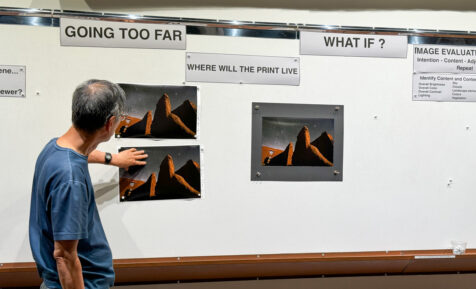

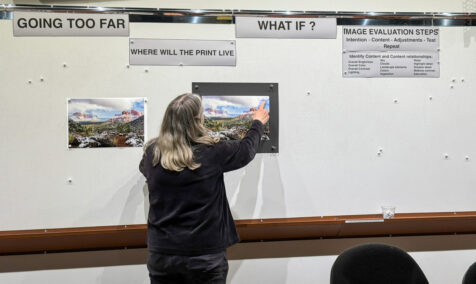
Posted in Event Recaps, News | Comments Off on Advanced Digital Printing Workshop with Richard Jackson
Last weekend, we had the pleasure of hosting our Advanced Digital Printing workshop with Richard Jackson!
During this intensive class, students identified their vision and intention of their images, then through deconstruction of the images, translated from the computer screen to dimensional prints on paper. Three days of editing and test prints to create a collection of final prints.
Topics covered also included lighting, color space and gamut, rendering intention, paper selections, and working with commercial print labs.
Take a peek behind the scenes of the workshop and watch as the class perfected their images in Adobe Photoshop and Lightroom, working to produce extraordinary prints and bring their creative visions to life on paper.




In this workshop teen students explore the fundamentals and foundations of photography with fun photo projects every day!
Students will gain an overview of photographic techniques from digital capture and printing to using black and white film in the darkroom and historical processes.
Using both digital and film cameras, students receive on loan a 35mm film camera and a roll of film to explore 20th century film photography in the darkroom, experiment with hand-coated alternative photographic methods, and use the lighting studio to experiment with strobes and continuous lighting.
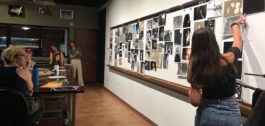
Each student will leave with a collection of their artwork made during camp and be featured in an online exhibition at artintersection.com.
Students are welcome to bring their own cell phone/digital camera and film cameras OR use cameras provided by Art Intersection.
Enroll in the Art Intersection Teen Photography Workshop
"*" indicates required fields
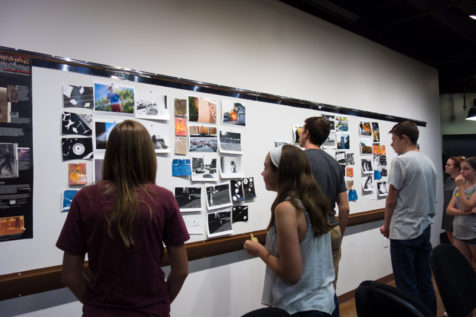
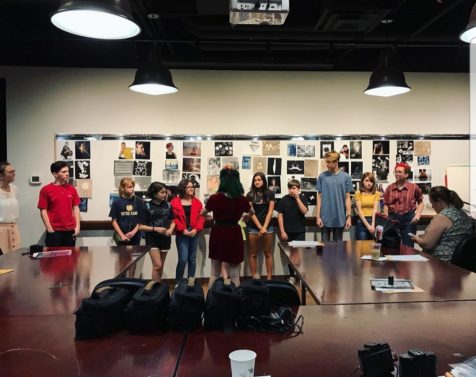
This past weekend, we had the pleasure of hosting our Advanced Digital Printing workshop, led by Richard Jackson. In this intensive class, students delved into the art of dissecting their images, honing their skills in Adobe Photoshop and Lightroom to produce striking prints that are exhibition-ready and perfect for showcasing and enjoying in the comfort of their own homes.
Take a behind-the-scenes look at the workshop, and get a glimpse of the class as they refined their images in Adobe Photoshop and Lightroom, working towards producing remarkable prints and bringing their visions to life.
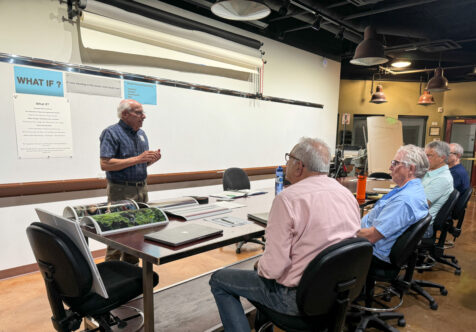
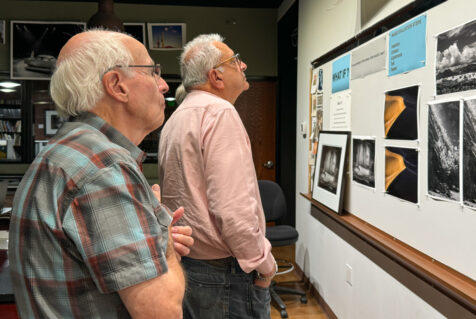
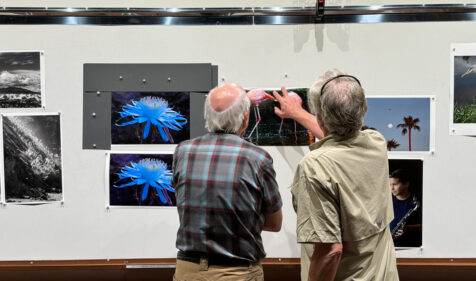
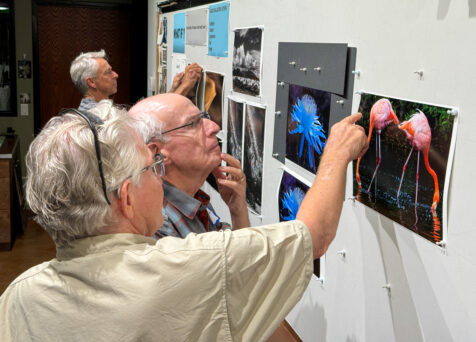
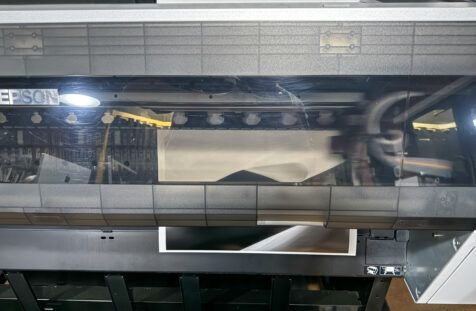
In this workshop teen students explore the fundamentals and foundations of photography with fun photo projects every day!
Students will gain an overview of photographic techniques from digital capture and printing to using black and white film in the darkroom and historical processes.
Using both digital and film cameras, students receive on loan a 35mm film camera and a roll of film to explore 20th century film photography in the darkroom, experiment with hand-coated alternative photographic methods, and use the lighting studio to experiment with strobes and continuous lighting.

Each student will leave with a collection of their artwork made during camp and be featured in an online exhibition at artintersection.com.
Students are welcome to bring their own cell phone/digital camera and film cameras OR use cameras provided by Art Intersection.
Enroll in the Art Intersection Teen Photography Workshop
"*" indicates required fields


After a couple years it was wonderful to host our Exploring Photography teen summer camp again!
Over four afternoons last week, instructor Lisa Zirbel taught our students the fundamentals of photography across both digital and traditional film mediums. Students learned how to shoot 35mm black and white film with manual SLR cameras and make enlargements from their film in our photo lab. They also had the opportunity to make studio-lit portraits, which they processed using Adobe Photoshop to make inkjet prints of their photos. They even mixed film and digital photography both by making cyanotypes using negatives printed digitally from their own images, as well as by using botanicals and expired photo paper to make lumen prints in the sun during class.
To end all of our teen camps, on the final day we pin the students’ work on the wall and invite their families for a critique session to reflect on what they learned and the challenges they faced while creating their art.
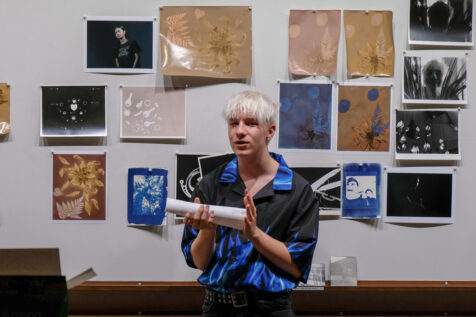
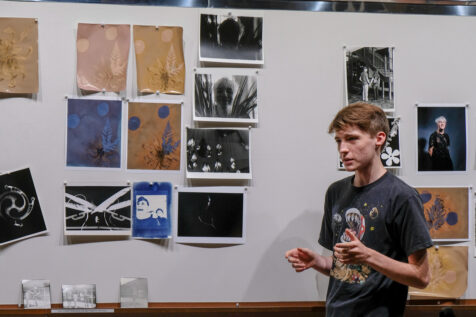
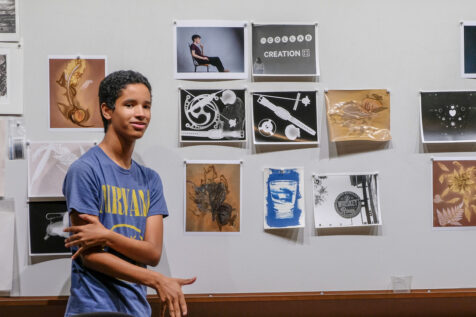
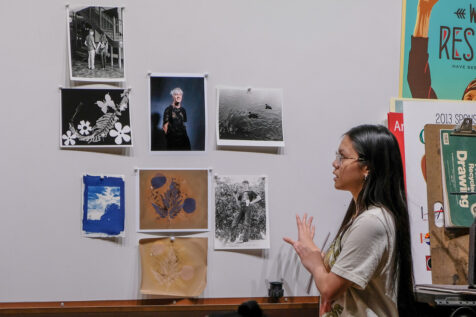
Over the weekend of July 15-17 Art Intersection hosted a Mordançage workshop instructed by Mordançeuse Elizabeth Opalenik. Students experienced a range of papers, developers, and print making techniques in their exploration of Mordançage.
Take a look at Elizabeth Opalenik’s website to see her creations.
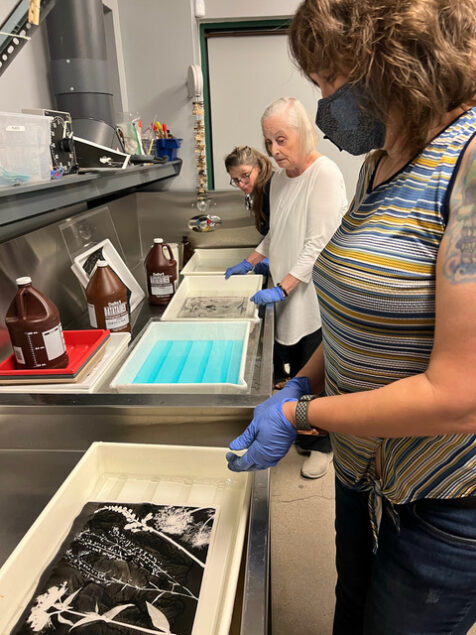
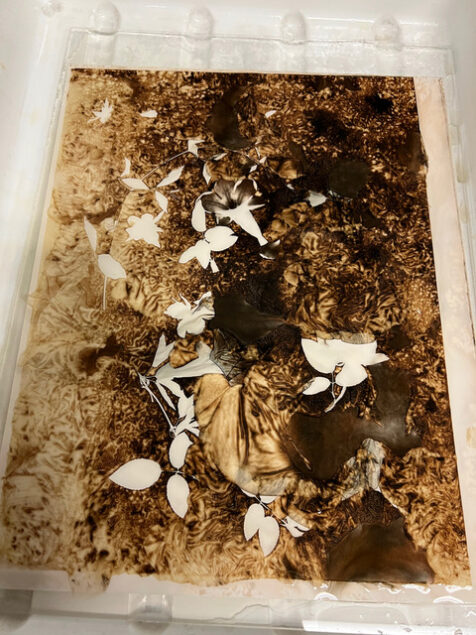
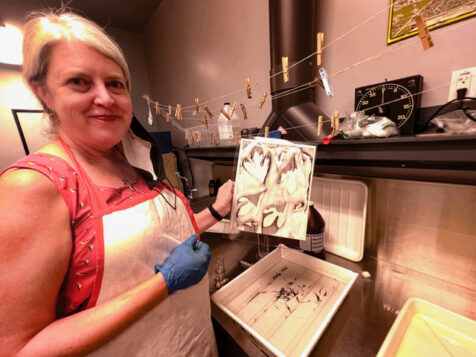
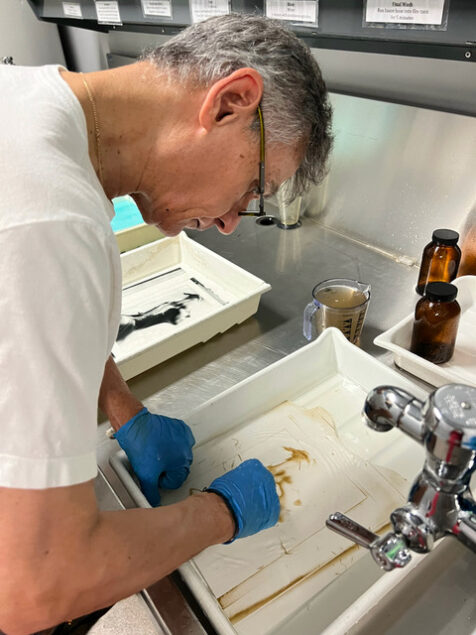
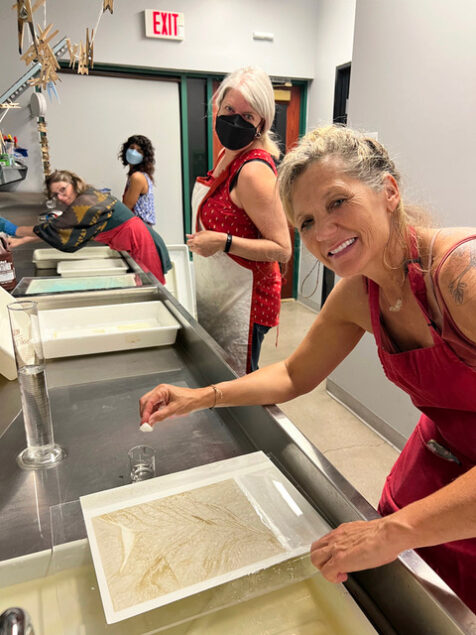
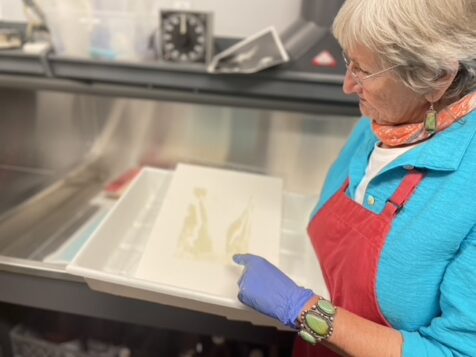
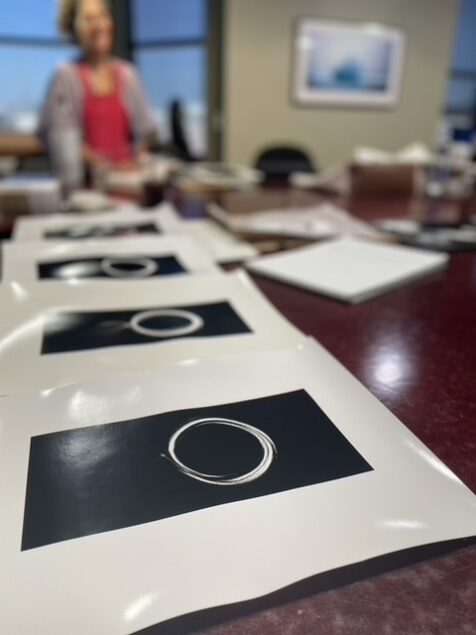
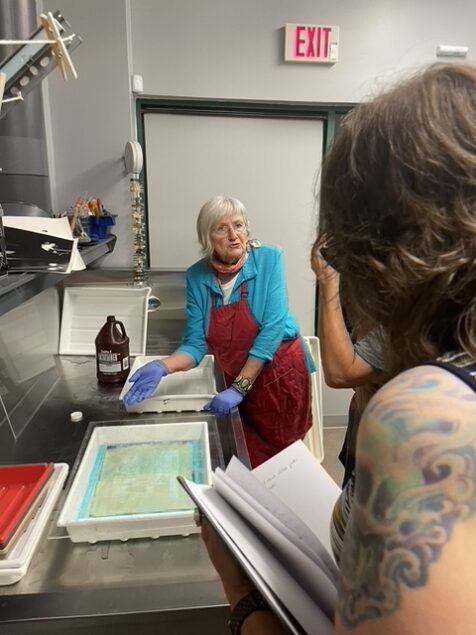
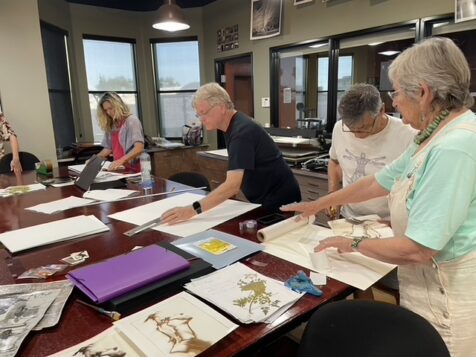
Image Credits: Elizabeth Opalenik (1-5), Suzanne Fallender (4-9)
Exhibition
Considering Possibilities moves the viewer through the intentional mystical imagery of Elizabeth’s photography that breaks the realism of photography to the moods only available through the magic of experimental and alternative photographic processes.
Ryan Gallery presents a collection of prints by Elizabeth Opalenik with Mordançage work also found in her book Poetic Grace, the never exhibited platinum print series from her personal experiences A Journey Home, and a collection carbon prints created using the same negatives from her Mordançage prints.
Elizabeth will join us for the opening reception on July 16 from 5pm to 8pm, and on Friday July 15 at 7pm she will give a talk about her art and experiences as a photographer.
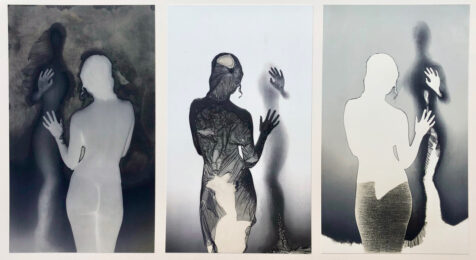
About Elizabeth
Elizabeth spun a map on a lazy-susan in 1968 and left home to the sound of peace marches and her mother saying, “I knew you were different from the time you were two.” She discovered photography as a metaphor for life in 1979 at the Maine Photographic Workshops and discovered passion and possibilities in Provence in 1983 where she later began her evolution as a Mordançeuse. Traveling through six continents, camera in hand, she connects life’s possibilities through teaching workshops, humanitarian projects and making art.
“I am a photographic artist, educator and freelance photographer traveling the world with my camera and I love it. Philanthropic projects keep me grounded and connected universally.
I believe that all good photographs are self portraits and know that my many former lives manifest themselves in my images. My heart is still in my darkroom working in the Mordançage process, but I use today’s technology when appropriate to explore all the creative paths.
My photographs are collected and published internationally and all work is for sale. Mordançage images are unique, others are silver gelatin, platinum, hand painted or digitally printed in very limited editions on beautiful handmade papers.”
– Elizabeth Opalenik
After a couple years it was wonderful to host our Exploring Photography teen summer camp again!
Over four afternoons this week, instructor Lisa Zirbel taught our students the fundamentals of photography across both digital and traditional film mediums. Students learned how to shoot 35mm black and white film with manual SLR cameras and make enlargements from their film in our photo lab. They also had the opportunity to make studio-lit portraits, which they processed using Adobe Photoshop to make inkjet prints of their photos. They even mixed film and digital photography both by making cyanotypes using negatives printed digitally from their own images, as well as by using botanicals and expired photo paper to make lumen prints in the sun during class.
To end all of our teen camps, on the final day we pin the students’ work on the wall and invite their families for a critique session to reflect on what they learned and the challenges they faced while creating their art.
There are still slots open for our July session of this summer camp as well!
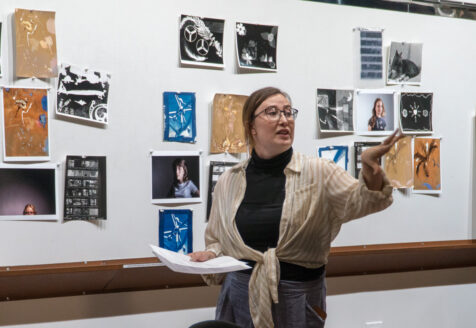
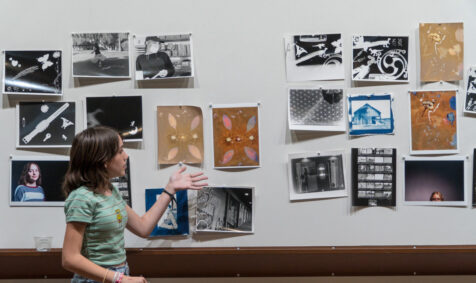
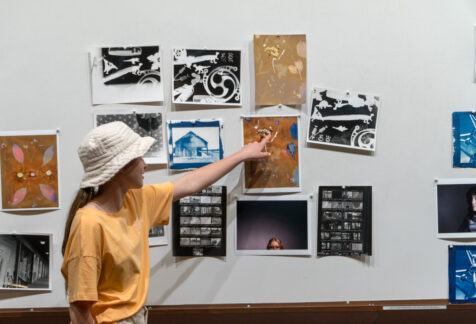
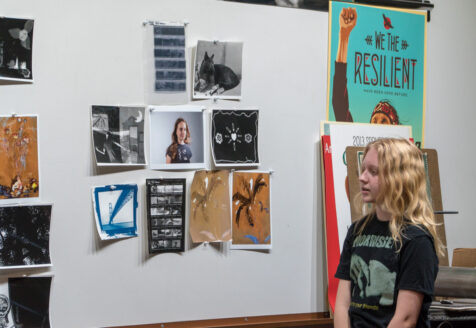
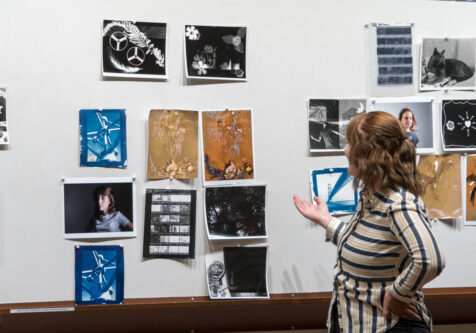
It’s great to have a “Teen Photo Camp” after a two year break due to cautions taken during the pandemic.
In this workshop teen students explore the fundamentals and foundations of photography with fun photo projects every day!
Students will gain an overview of photographic techniques from digital capture and printing to using black and white film in the darkroom and historical processes.
Using both digital and film cameras, students will print in the digital lab and in the darkroom, and experiment with hand-coated alternative photographic methods. They will use the lighting studio to experiment with strobes and continuous lighting.
Each student will leave with a collection of their artwork made during camp and be featured in an online exhibition at artintersection.com.
Students are welcome to bring their own cell phone/digital camera and film cameras OR use cameras provided by Art Intersection.

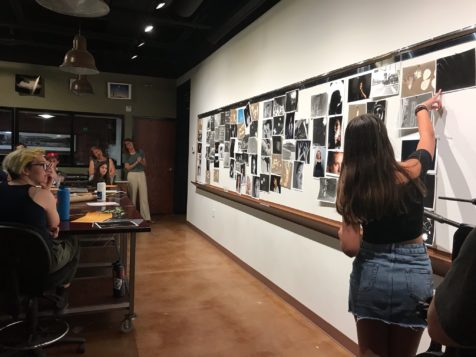
Enroll in the Art Intersection Teen Photography Workshop
"*" indicates required fields

It’s great to have a “Teen Photo Camp” after a two year break due to cautions taken during the pandemic.
In this workshop teen students explore the fundamentals and foundations of photography with fun photo projects every day!
Students will gain an overview of photographic techniques from digital capture and printing to using black and white film in the darkroom and historical processes.
Using both digital and film cameras, students will print in the digital lab and in the darkroom, and experiment with hand-coated alternative photographic methods. They will use the lighting studio to experiment with strobes and continuous lighting.
Each student will leave with a collection of their artwork made during camp and be featured in an online exhibition at artintersection.com.
Students are welcome to bring their own cell phone/digital camera and film cameras OR use cameras provided by Art Intersection.


Enroll in the Art Intersection Teen Photography Workshop
"*" indicates required fields
